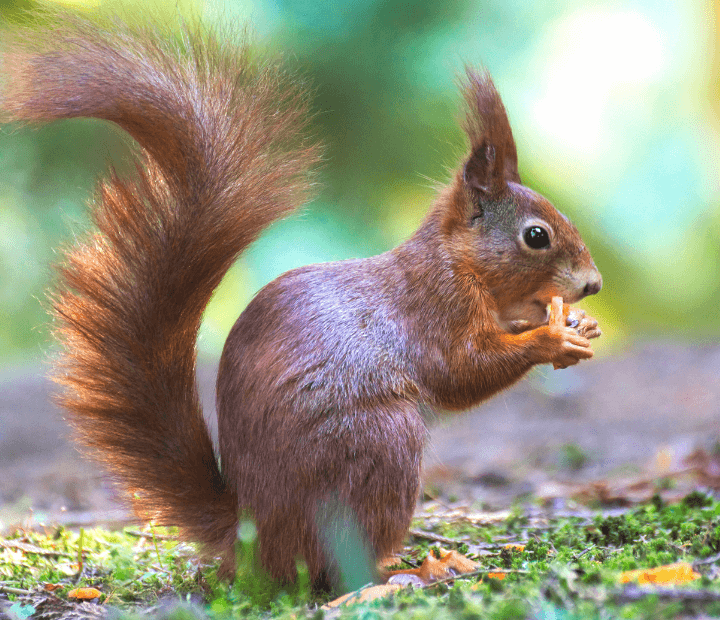By engaging citizens, researchers, nature enthusiasts alike in these programs we gain unique insights into state park biodiversity not otherwise available – this article discusses their significance, impacts on better understanding it as well as opportunities for community participation.
The Significance of Wildlife Observation Programs
Understanding Biodiversity
Biodiversity, the variety of life forms within an ecosystem, is a key indicator of the health and resilience of an environment. Wildlife observation programs play a pivotal role in comprehending this biodiversity. By recording different species’ and their behavior over time, scientists are able to discern patterns or connections which alter its equilibrium – knowledge which allows informed conservation decisions as well as reduce threats against fragile environments.
Ecosystem Health Monitoring
Wildlife observation programs allow researchers to study the state of natural ecosystems found in national parks. Changes to wildlife populations or behavior could indicate changes in ecological conditions like changing weather or degradation to habitat; by being able to detect early changes such as these through observation strategies are put into place that ensure healthy ecosystems.
Impact on Understanding Biodiversity
Holistic Species Documentation
Wildlife observation programs depend on meticulous species documentation for their success. From birds and mammals, insects and plants – wildlife observation programs provide a complete view of all the inhabitants in a state park, from birds and mammals, insects and plants through all their life stages. The knowledge gained from this lets wildlife experts quickly recognize keystone species that have more impact than normal on ecosystems, and also be aware of the complex interactions within them that allow life to flow freely within.
Uncovering Behavioral Insights
Wildlife observation programs go far beyond simply cataloguing species; instead they seek to understand how wildlife behaves within parks. Migration patterns, mating rituals and feeding practices provide visitors with greater insights into how all forms of life interdepend.
The Role of Community Involvement
Citizen Science
The programs for wildlife observation often involve citizens in the form as citizen scientists. Volunteers who are enthusiastic and have different degrees of experience assist in collecting data increasing the number and scope of observation. Collaboration bridges the gap between scientists and the wider community creating a sense taking care of the parks in the state. Participation by the public also enables people to be active in conservation initiatives and to support the conservation of the natural habitats.
Educational Opportunities
Education opportunities surrounding biodiversity go well beyond data collection. Tours, workshops and courses on wildlife techniques for observation not only instruct participants but also increase consciousness regarding its significance. Witnessing wildlife in their native environments sparks curiosity while cultivating greater understanding about maintaining equilibrium within ecosystems – it engenders better awareness about maintaining equilibrium while protecting life on our planet.
Wildlife observation programs hold immense potential for unraveling the mysteries of biodiversity within state parks. Through these initiatives, we gain invaluable insights into the complex interactions that sustain life in these precious habitats. As citizen scientists and researchers unite in their efforts, our understanding of ecosystems deepens, fostering a shared commitment to their preservation. By fostering a culture of observation and appreciation, we can ensure that state parks remain vibrant centers of biodiversity for generations to come.
